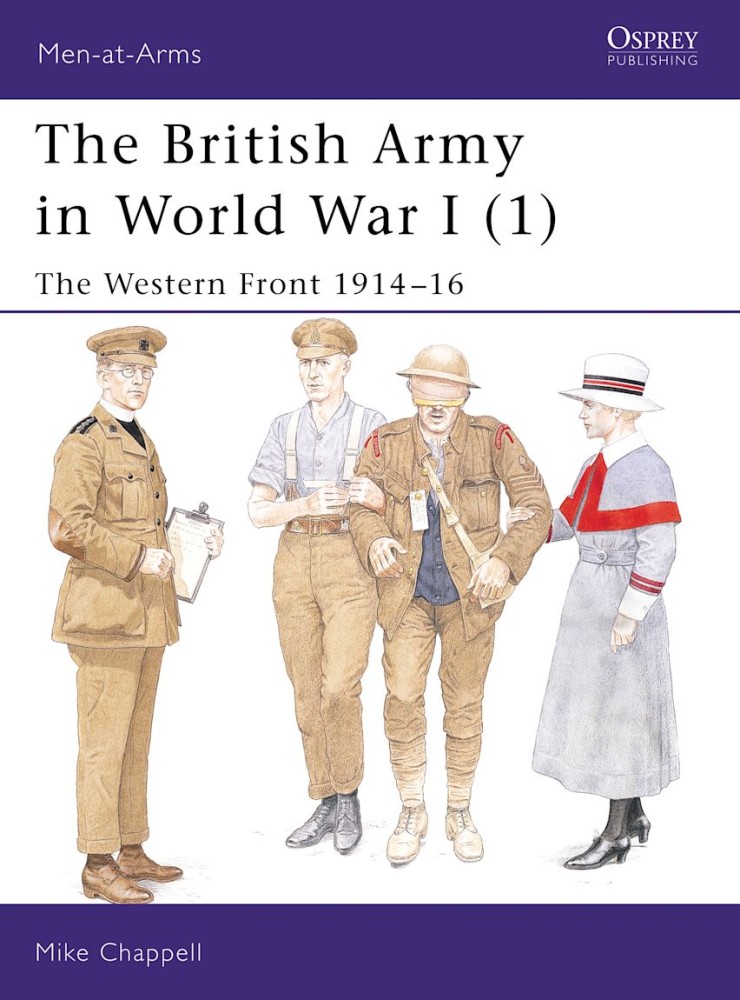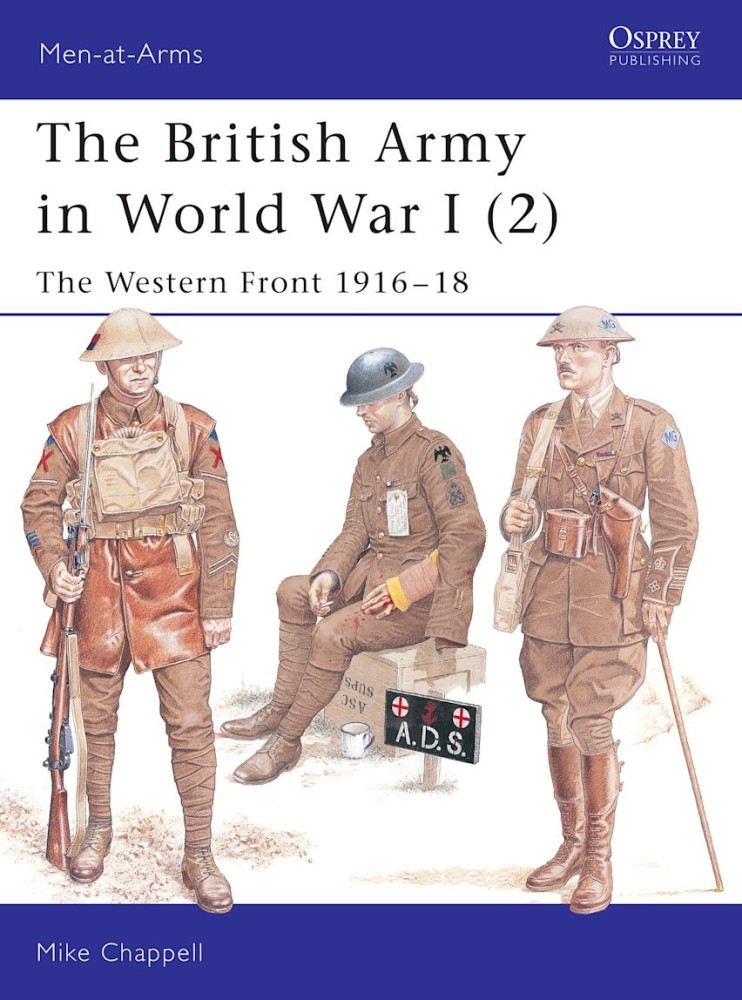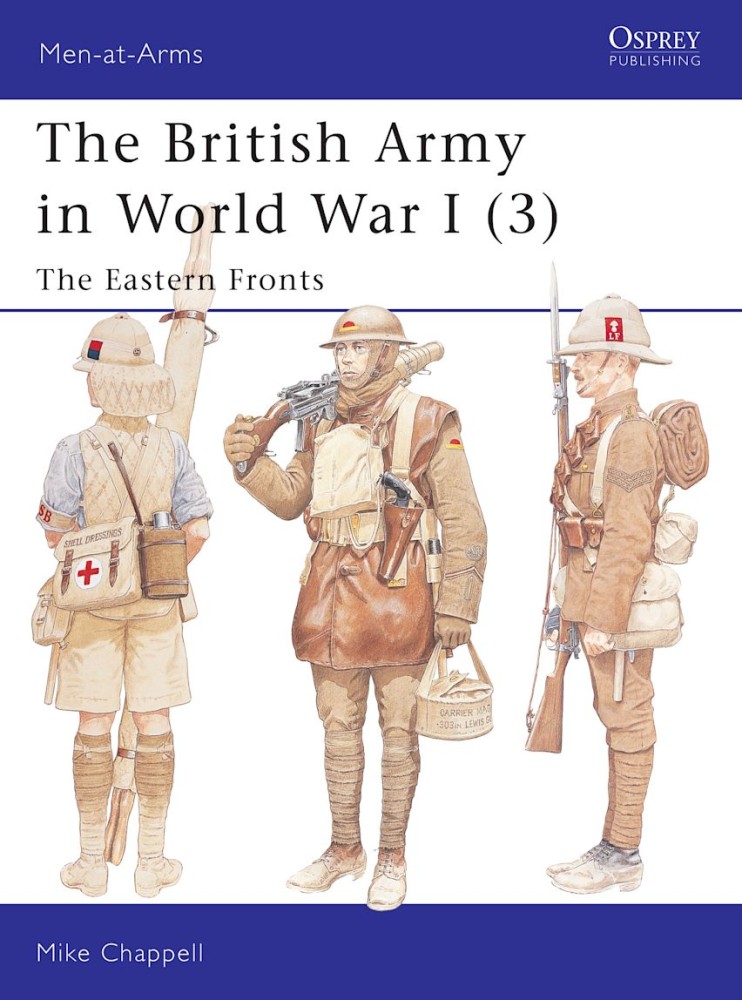At the outbreak of World War I in August 1914 the British Army was unique: it was a small force raised entirely by voluntary recruitment. The first campaigns of the British Expeditionary Force brought admiration from the enemy, but by the end of 1914 it had been virtually eliminated. Kitchener's call for new volunteers drew such a patriotic response that by mid-1916 the BEF had grown to 55 divisions. This book explains and llustrates the uniform, equipment and organization of the British Army up to the end of the battle of the Somme.
In 1916, Britain was finally forced to introduce universal conscription to replace the terrible casualties suffered by the pre-war Regulars, the Territorials and the eager but unprepared volunteers of the 'New Armies'. In 1917 and 1918, the vastly expanded British Expeditionary Force became the most effective of all the combatant armies in France, its improved weapons and tactics forged in the furnaces of the Somme and the Ypres Salient. Shaken but resilient under Germany's last desperate offensive in spring 1918, it swept forward to final victory. This second of three titles charts its changing appearance in colourful detail.
Although Britain's greatest commitment of land forces was on the Western Front, British, Empire and Dominion troops also fought in other theatres of operations – and in some cases continued to fight there after the Armistice had ended hostilities in the West. This last of our series of three titles describes these far-flung campaigns, in Italy, the Balkans, the Middle East, several parts of Africa, Russia, China, and even the North-West Frontier of India. The text is illustrated with contemporary photographs, and with meticulous colour plates of British, African, Indian and Australian troops, in the uniforms and equipment used on battle fronts from the desert sands to the snows of north Russia.



